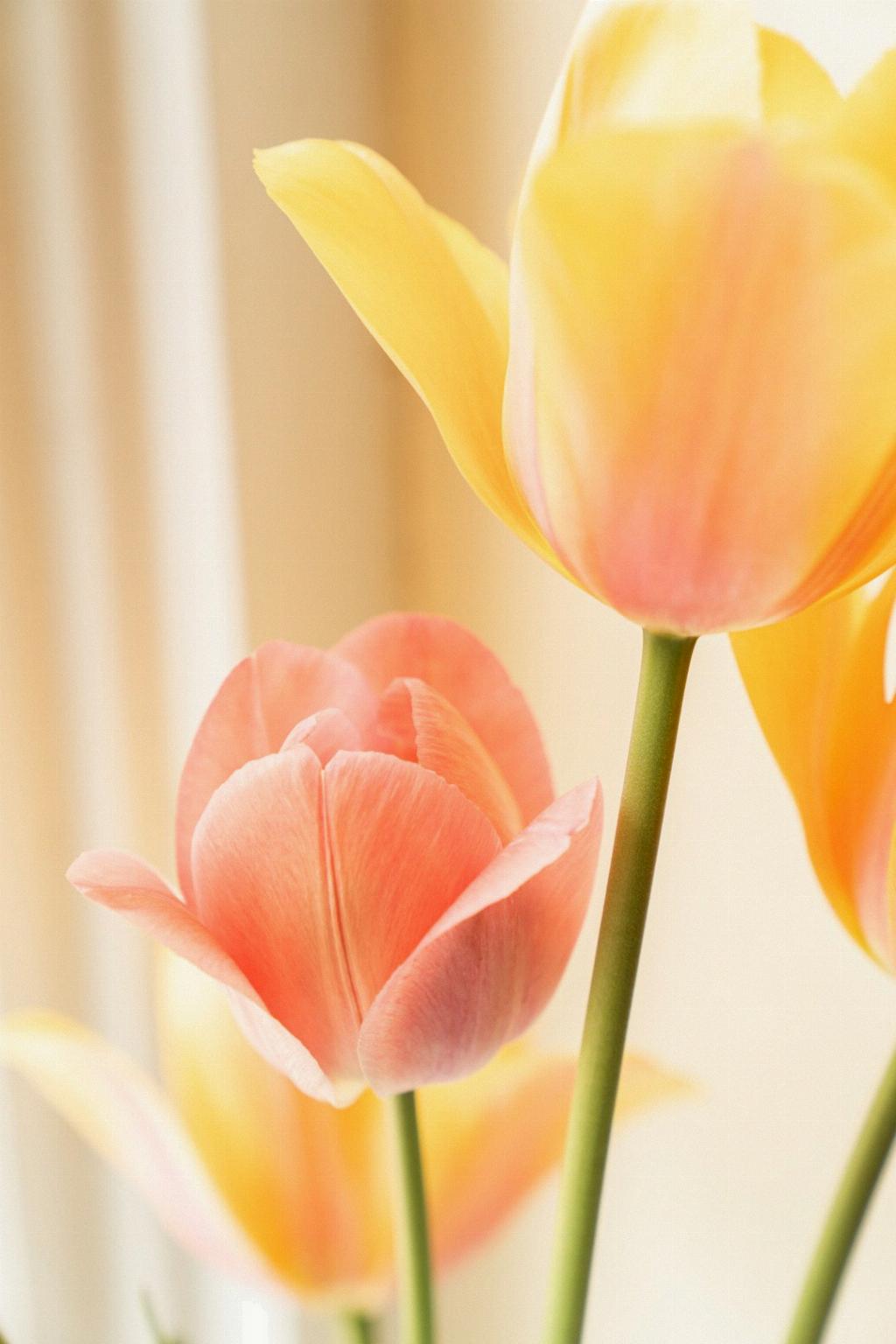When it comes to keeping your tulip bulbs fresh and healthy for the next blooming season, proper storage is key. Follow these simple steps to ensure your tulip bulbs remain in optimal condition:
Step 1: Digging Up Tulip Bulbs
Once the tulip flowers have withered and the foliage turns yellow, gently dig up the bulbs using a garden fork. Be careful not to damage the bulbs during this process.
Step 2: Drying the Bulbs
After digging up the bulbs, lay them out in a single layer on a tray or newspaper in a cool, dark, and well-ventilated area. Allow the bulbs to dry completely for about a week.
Step 3: Inspecting the Bulbs
Before storing the bulbs, inspect them to ensure they are in good condition. Healthy tulip bulbs should feel firm, heavy, and plump. Discard any bulbs that show signs of rot or damage.
Step 4: Removing Foliage
Cut off any remaining foliage from the bulbs using clean and sharp scissors. Trimming the foliage helps prevent mold and decay during storage.
Step 5: Storage Containers
Choose a storage container, such as a mesh bag or net, that allows for proper air circulation. Avoid using airtight containers, as they can promote moisture buildup and lead to bulb rot.
Step 6: Layering the Bulbs
Place the dried and inspected bulbs in the storage container in a single layer, making sure they are not touching each other. This prevents the spread of any potential diseases.
Step 7: Location for Storage
Store the bulbs in a cool, dark, and well-ventilated area with moderate humidity levels. A temperature range of 35-50°F (2-10°C) is ideal for keeping tulip bulbs dormant.
Step 8: Monitoring the Bulbs
Check on the bulbs periodically during the storage period to ensure they remain in good condition. Remove any bulbs that show signs of decay or damage.
Step 9: Protection from Pests
To prevent pest infestations, consider placing a layer of cedar shavings or diatomaceous earth in the storage container along with the bulbs. This helps repel insects and critters.
Step 10: Replanting in the Fall
In the fall, when it’s time to replant the tulip bulbs, inspect them again for any signs of damage or disease. Dispose of any unhealthy bulbs and plant the rest in well-draining soil.
Step 11: Fertilizing and Watering
After replanting the bulbs, fertilize the soil with a balanced fertilizer to provide essential nutrients. Water the bulbs thoroughly after planting to promote healthy root growth.

Step 12: Enjoying Beautiful Blooms
With proper care and maintenance, your tulip bulbs will reward you with vibrant blooms in the spring. Sit back, relax, and marvel at the beauty of your well-preserved tulip garden!
